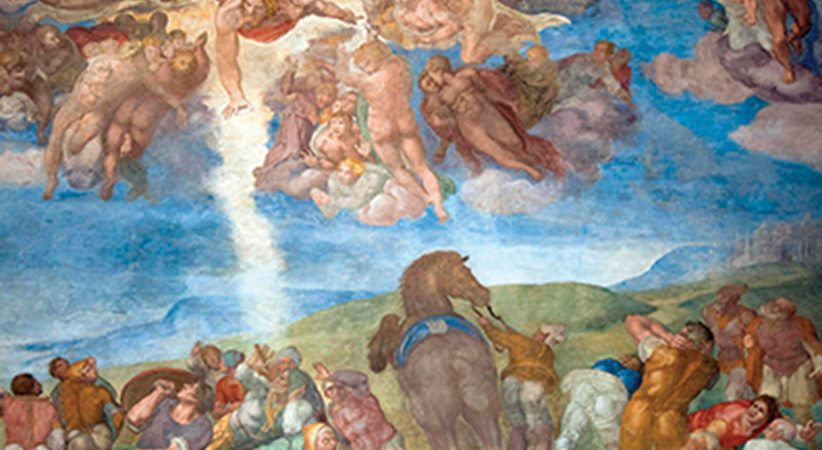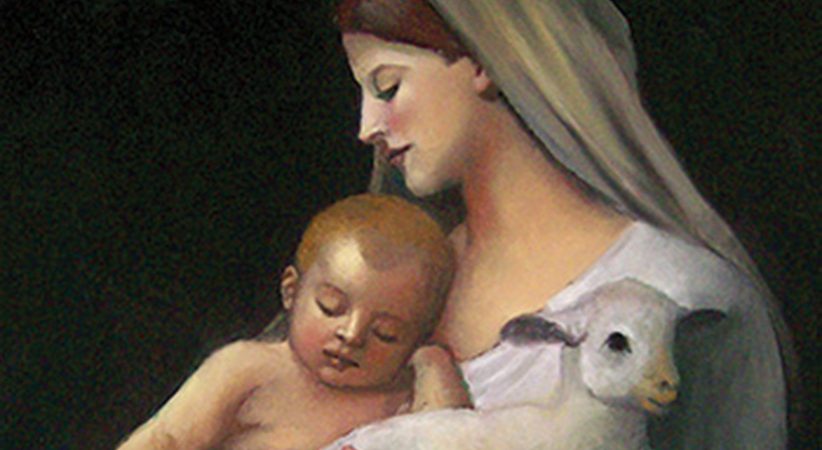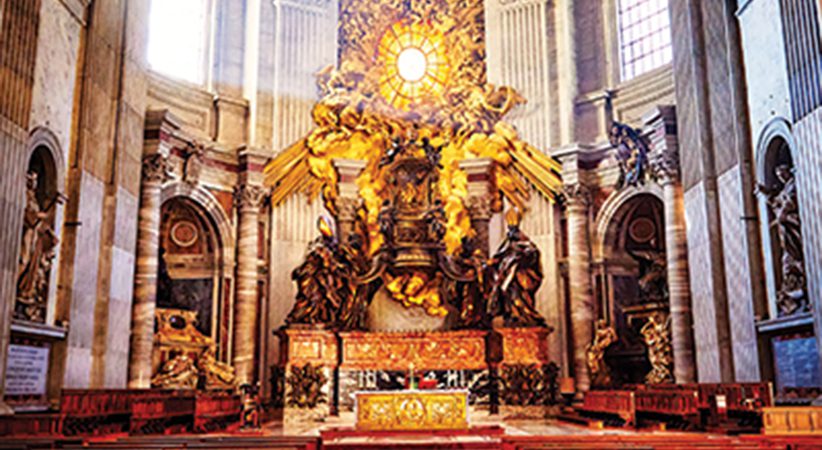Renewing Priestly Vows
“Still present” needs still Presence
Father Scott Detisch Comments Off on Renewing Priestly Vows
 “Nothing in all of creation is so like God as stillness.” — Meister Eckhart
“Nothing in all of creation is so like God as stillness.” — Meister Eckhart
The ritual of ordination for a priest (as well as a deacon) begins with Election of the Candidates. The deacon calls the candidate forward by name to which the candidate responds, “Present.” He then goes before the bishop and makes a bow of reverence. Though the candidate might only step forward a few steps at this point in the ritual, his response captures the whole considerable journey of the candidate to that moment in which he can proclaim to God and to the Church, “I am here, as everything I am; I am here for you.”
The response of “present,” adsum in Latin, conveys the willingness of a man to give himself to the God who calls him forward. On a deeper level, it expresses a man’s vocational response that arises from his strong faith in the God who has said “present” to him throughout his life, as God has said “present” to all of us throughout salvation history. The revelation of God’s name to Moses as the tetragrammaton YHWH is often translated as “I am who am,” which comes from a Greek rendering of the original Hebrew. The Hebraic understanding of God’s name is better expressed as something like, “I am with you as who I am in all that you are experiencing.”
God’s name is a declaration that he is always present to us as who we truly need God to be. Furthermore, the Divine adsum becomes incarnate in the person of Jesus Christ, who gives himself completely to all of God’s people as the ever-present, humble servant-priest. Therefore, to say “present” before God at ordination is to surrender oneself to Christ, the icon of God’s adsum ― that is, to embody in priestly life and ministry God’s willingness to be with his people in all that they experience, all that they yearn for in life, all that needs to be saved and healed in them and in their world.
Each year at the chrism Mass, and silently within ourselves at each ordination we attend, we renew our priestly vows of ordination. Our once publicly-uttered “present” now becomes inside of us a quiet but firm mantra of “still present” ― that is, “I am still here for you, God, and God’s People, as who I really am; and everything that makes me who I am, I offer to you.” For this to be an authentic recommitment to priesthood, we need continually to encounter the presence of God deep within ourselves, since only such encounters allow there to be any truth, conviction and joy in our repeated assent to giving ourselves to the priesthood of Jesus Christ. Hence, a priest’s “still present” needs to come from his oft-repeated encounters with the still Presence of God inside of him.
Nothing is more effective in one’s capacity to be present to God as is stillness. Nothing can be more difficult in the hectic life of a priest than to step away from his ministry and spend quality time alone with God in silence. This vital stillness involves more than the quiet moments a priest takes for praying the Liturgy of the Hours and engaging in other forms of personal prayer and devotion. Contemplative and prolonged stillness is conversing with God in God’s primary language — silence. Furthermore, it is the intimate meeting place with Christ, the very One whom we seek to embody in priesthood.
While our Eucharistic encounters with Christ and our priestly prayers on behalf of the Church and the world are crucial to the authenticity of our priestly life and ministry, there is something deeply transformative about meeting Christ in silence and stillness. This is where God’s ever-present desire to be with us (as everything that we need God to be) nourishes and strengthens our “still present” resolve to serve the Church (as everything that God needs us to be for his people).
FATHER SCOTT DETISCH, STL., Ph.D., is a priest of the Diocese of Erie, pastor of St. John the Evangelist Church in Girard, Pennsylvania, and adjunct professor of systematic and sacramental theology at St. Mary Seminary and Graduate School of Theology in Wickliffe, Ohio. He holds a license and doctorate in systematic theology.





